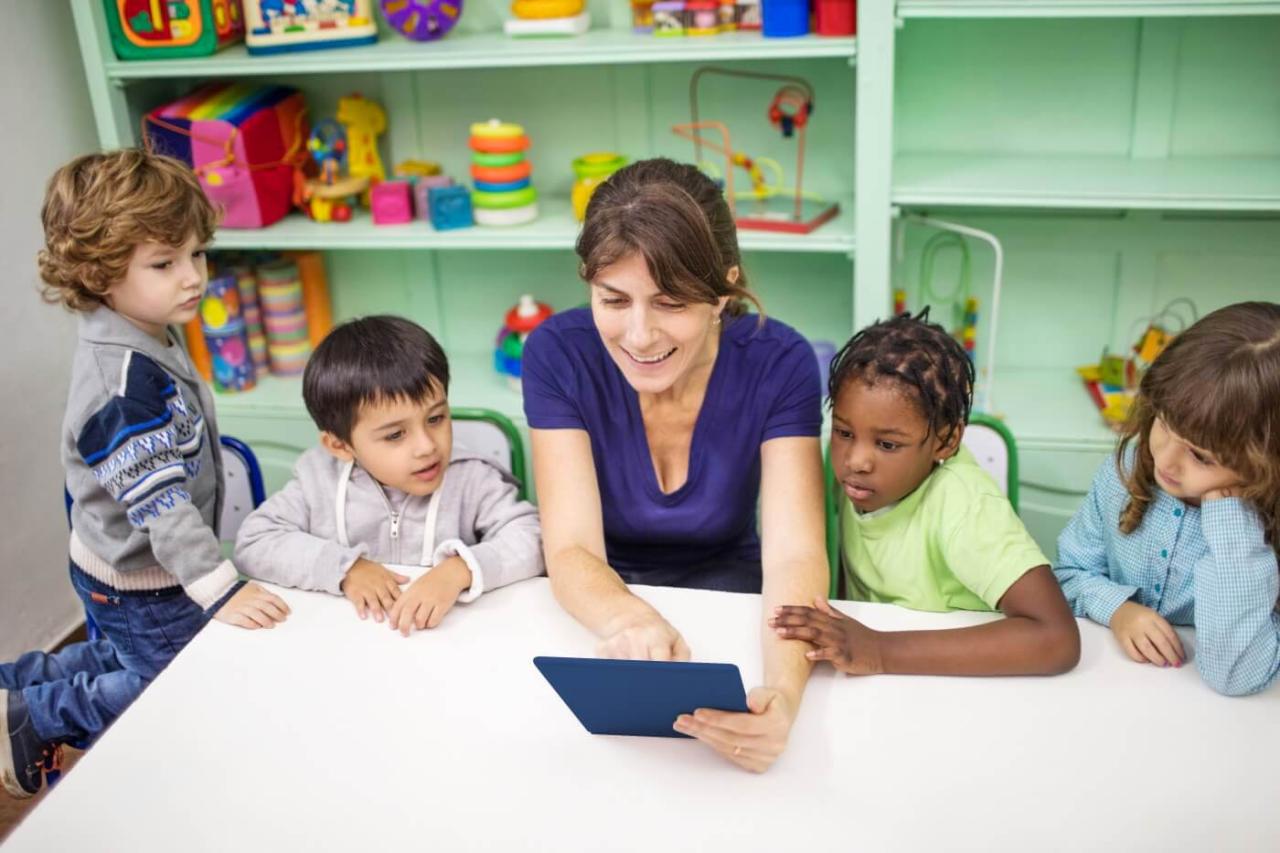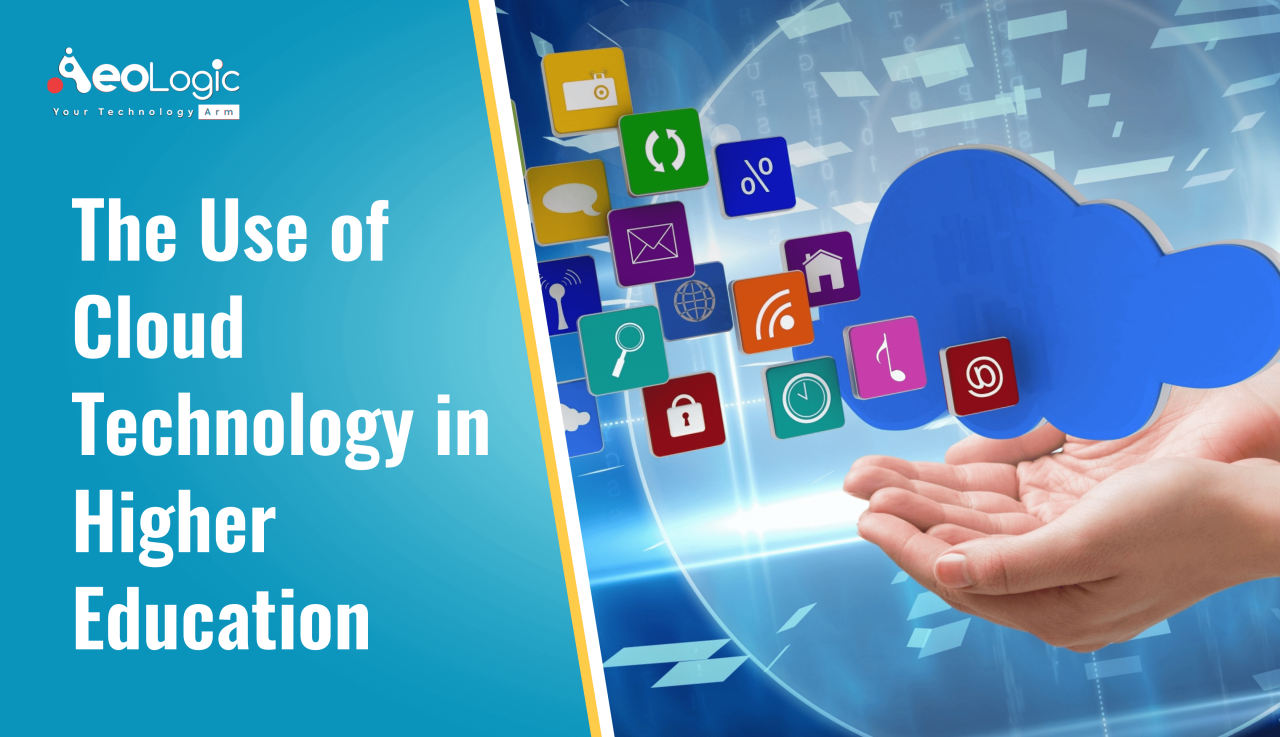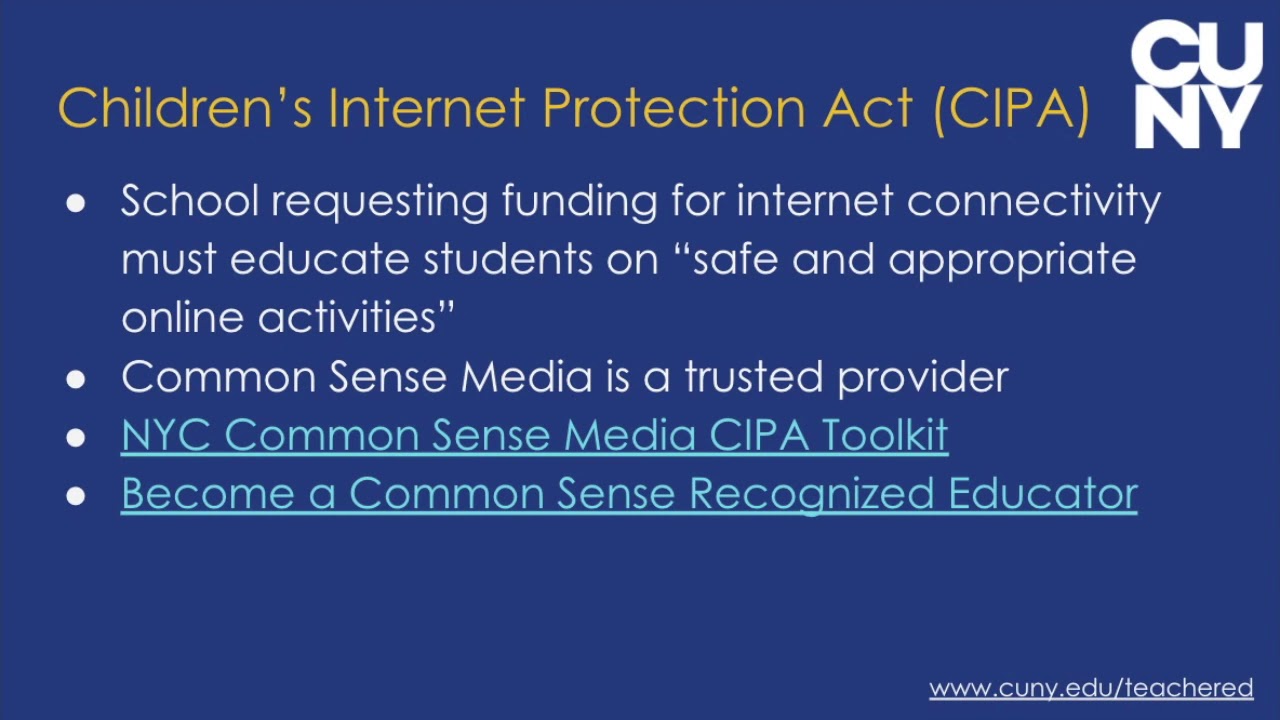Virtual Classroom Technology: Transforming Education
Virtual classroom technology has revolutionized the way we learn and teach, offering a dynamic and engaging alternative to traditional classrooms. From interactive whiteboards to sophisticated learning management systems, these technologies […]
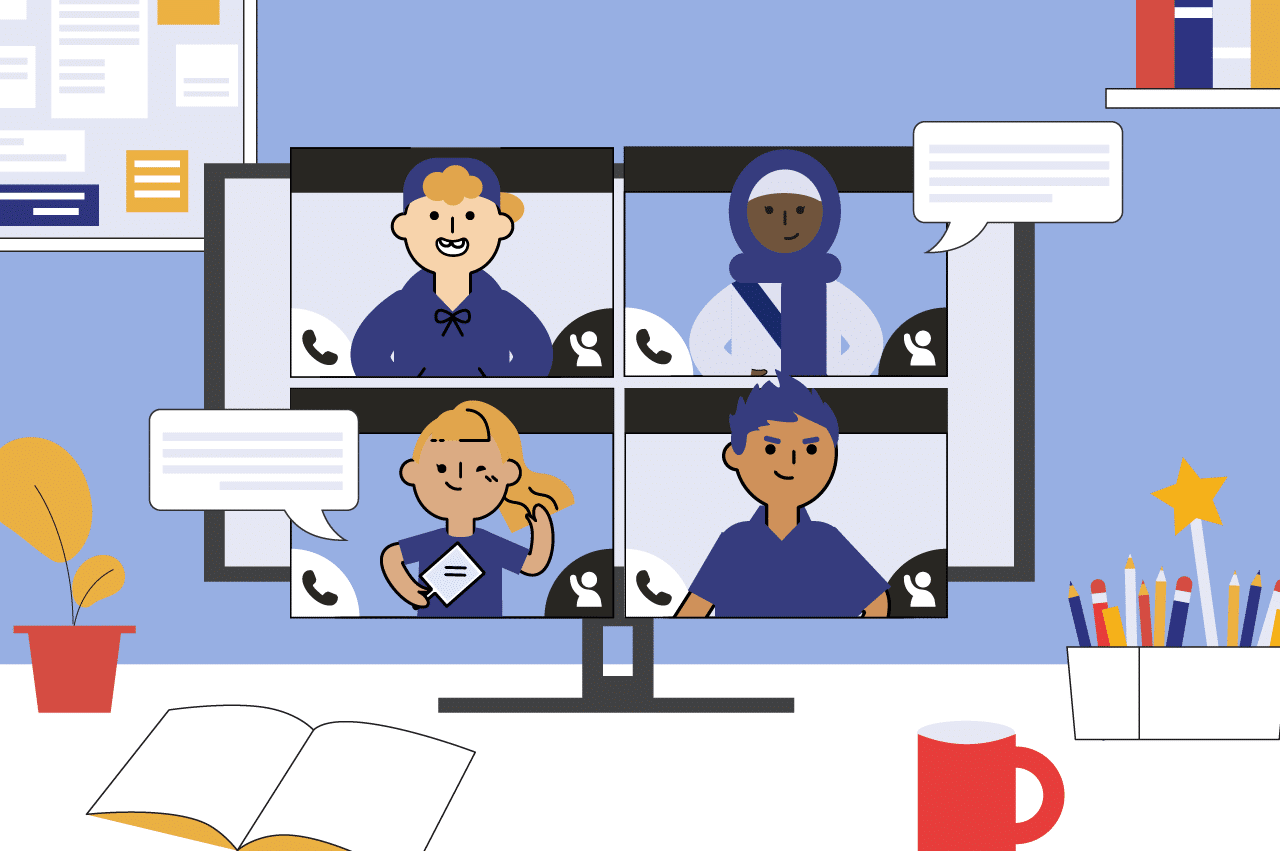
Virtual classroom technology has revolutionized the way we learn and teach, offering a dynamic and engaging alternative to traditional classrooms. From interactive whiteboards to sophisticated learning management systems, these technologies have reshaped the educational landscape, fostering a more accessible, flexible, and personalized learning experience.
The evolution of virtual classroom technology has been driven by advancements in internet connectivity, mobile devices, and cloud computing. These technologies have enabled educators to create interactive learning environments that engage students and facilitate collaboration, regardless of physical location.
Implementation and Integration of Virtual Classroom Technology

The successful integration of virtual classroom technology into educational institutions requires a comprehensive approach that considers infrastructure, training, and ongoing support. This process involves strategic planning, careful implementation, and ongoing adaptation to ensure the technology effectively enhances teaching and learning.
Infrastructure and Technology, Virtual classroom technology
Adequate infrastructure is crucial for the successful implementation of virtual classroom technology. This includes reliable internet connectivity, appropriate hardware, and compatible software.
- Internet Connectivity: High-speed internet access is essential for smooth video conferencing, file sharing, and real-time interaction. Institutions should ensure reliable and consistent internet connectivity for both students and instructors.
- Hardware: Appropriate hardware such as laptops, tablets, or desktops with webcams and microphones are required for students and instructors to participate effectively in virtual classrooms. Institutions may need to provide access to devices for students who lack them.
- Software: Virtual classroom platforms like Zoom, Google Meet, and Microsoft Teams offer a range of features for online learning, including video conferencing, screen sharing, and interactive tools. Choosing the right platform based on specific needs and budget is essential.
Training and Support
Effective training and ongoing support are vital for both instructors and students to utilize virtual classroom technology effectively.
- Instructor Training: Training programs should focus on using the chosen virtual classroom platform, designing engaging online lessons, and facilitating interactive online learning experiences.
- Student Support: Students need guidance on using the virtual classroom platform, accessing learning materials, and navigating online learning environments. Institutions should provide technical support and resources to address student challenges.
Integration Strategies
Integrating virtual classroom technology into existing curricula and teaching practices requires careful planning and adaptation.
- Blended Learning: Combining online and face-to-face instruction can provide flexibility and cater to diverse learning styles. Virtual classrooms can be used for lectures, discussions, and collaborative projects, while in-person sessions focus on hands-on activities and group work.
- Flipped Classroom: In a flipped classroom model, students access lecture content online before class. Class time is then used for interactive activities, problem-solving, and discussion, facilitated by the instructor.
- Adaptive Learning: Virtual classroom technology can be used to personalize learning experiences based on individual student needs. Adaptive learning platforms provide tailored content, feedback, and pacing, ensuring students learn at their own pace.
Challenges and Opportunities
The adoption of virtual classroom technology presents both challenges and opportunities for education.
- Digital Divide: Unequal access to technology and internet connectivity can create a digital divide, preventing some students from fully participating in online learning. Institutions need to address this challenge by providing equitable access to technology and support for students who lack resources.
- Engagement and Motivation: Maintaining student engagement and motivation in online learning environments can be challenging. Instructors need to design engaging activities, provide regular feedback, and create a sense of community to foster student participation.
- Teacher Training and Support: Effective implementation of virtual classroom technology requires ongoing training and support for teachers. Institutions need to invest in professional development programs to equip teachers with the skills and knowledge to teach effectively in online environments.
- Accessibility: Virtual classroom technology should be accessible to all students, including those with disabilities. Institutions need to ensure that online learning materials and platforms are designed with accessibility features in mind.
- Data Security and Privacy: Data security and privacy are crucial concerns in online learning environments. Institutions need to implement robust security measures to protect student data and ensure privacy compliance.
Impact of Virtual Classroom Technology on Learning Outcomes
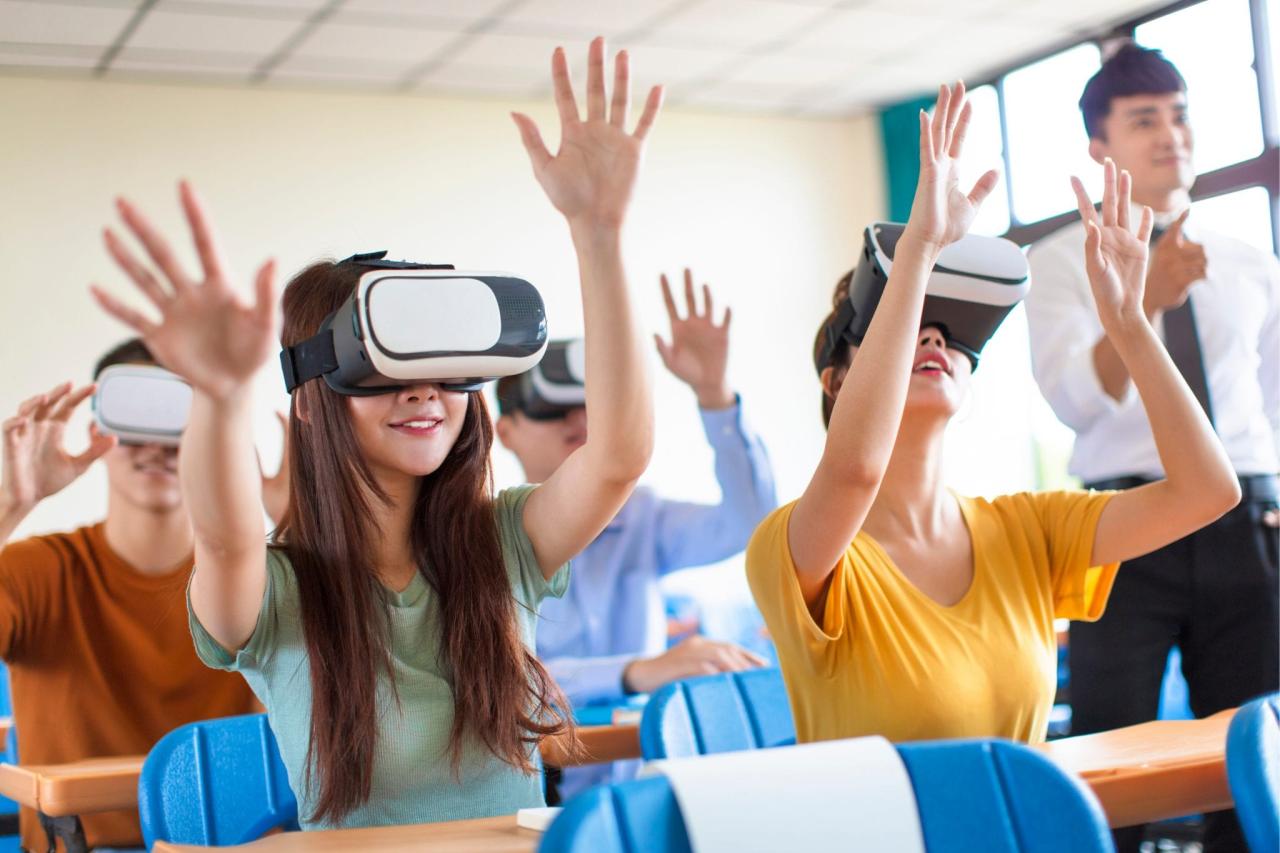
The integration of virtual classroom technology has significantly impacted student learning outcomes, fostering new avenues for engagement, motivation, and academic achievement. Research has explored the multifaceted effects of these technologies, shedding light on their potential to enhance traditional learning environments.
Impact on Student Engagement and Motivation
Virtual classroom technology has the potential to enhance student engagement and motivation in various ways. The interactive nature of these platforms can make learning more dynamic and appealing, particularly for students who thrive in stimulating environments.
- Interactive Learning Activities: Virtual platforms offer a wide range of interactive tools, such as simulations, games, and quizzes, that can capture students’ attention and encourage active participation. These activities can make learning more engaging and enjoyable, leading to increased retention of information. For instance, a virtual lab simulation can provide students with hands-on experience without the limitations of a physical lab, allowing them to experiment and learn at their own pace.
- Personalized Learning Experiences: Virtual learning environments can be tailored to individual learning styles and preferences, providing students with a more personalized learning experience. This can enhance motivation by allowing students to learn at their own pace and focus on areas where they need more support. For example, adaptive learning platforms can adjust the difficulty of assignments based on student performance, providing individualized challenges and support.
- Increased Access to Resources: Virtual platforms provide students with access to a vast array of learning resources, including online libraries, video lectures, and interactive tutorials. This increased access can foster curiosity and motivation by exposing students to new information and perspectives. For instance, a student studying history can access primary source documents, historical maps, and virtual museum tours through a virtual platform, enriching their learning experience.
Impact on Academic Performance
Studies have demonstrated a positive correlation between the use of virtual classroom technology and improved academic performance. The interactive nature of these platforms can facilitate deeper understanding of concepts and enhance knowledge retention.
- Improved Knowledge Retention: The interactive elements of virtual classrooms, such as simulations, games, and quizzes, can promote active learning and knowledge retention. By actively engaging with the material, students are more likely to retain information than through passive methods like lectures. For example, a virtual quiz can provide immediate feedback to students, allowing them to identify areas where they need further review and improve their understanding.
- Enhanced Communication and Collaboration: Virtual platforms facilitate communication and collaboration among students and instructors, fostering a supportive learning environment. This can lead to improved academic performance by encouraging students to engage in discussions, share ideas, and provide peer support. For instance, online discussion forums can allow students to ask questions, share their insights, and learn from their peers’ perspectives.
- Flexibility and Accessibility: Virtual learning environments provide flexibility and accessibility, allowing students to learn at their own pace and from any location. This can benefit students with diverse learning needs and schedules, enabling them to participate in learning activities at times that are convenient for them. For example, a student who works part-time can access course materials and participate in online discussions during their free time, without having to attend traditional classroom sessions.
Comparison of Traditional and Virtual Learning Environments
Traditional classroom settings and virtual learning environments each offer unique advantages and disadvantages. While traditional classrooms provide a structured learning environment with face-to-face interaction, virtual platforms offer flexibility, accessibility, and interactive learning experiences.
- Traditional Classrooms:
- Strengths: Face-to-face interaction, structured learning environment, immediate feedback from instructors, and opportunities for social interaction among students.
- Limitations: Limited flexibility, restricted access to resources, and potential for distractions in a classroom setting.
- Virtual Learning Environments:
- Strengths: Flexibility, accessibility, personalized learning experiences, interactive learning activities, and access to a wider range of resources.
- Limitations: Potential for social isolation, challenges in maintaining student engagement, and dependence on technology.
Role of Virtual Classroom Technology in Promoting Collaborative Learning
Virtual classroom technology plays a crucial role in fostering collaborative learning, enabling students to work together effectively, share ideas, and develop problem-solving skills.
- Online Collaboration Tools: Virtual platforms offer a range of tools for collaborative learning, such as online whiteboards, document sharing platforms, and group chat applications. These tools allow students to work together on projects, share ideas, and provide feedback in real-time. For instance, students can use online whiteboards to brainstorm ideas together, share their work, and receive feedback from their peers.
- Virtual Group Projects: Virtual learning environments enable students to participate in group projects remotely, fostering collaboration and teamwork. This can be particularly beneficial for students who may not have the opportunity to work together in a traditional classroom setting. For example, students from different geographic locations can collaborate on a virtual project, sharing their expertise and perspectives.
- Peer-to-Peer Learning: Virtual platforms can facilitate peer-to-peer learning, where students support each other’s learning and provide feedback. This can encourage a sense of community and shared responsibility among students. For instance, online discussion forums can provide a platform for students to ask questions, share their insights, and learn from their peers’ experiences.
Role of Virtual Classroom Technology in Promoting Problem-Solving Skills
Virtual classroom technology can enhance problem-solving skills by providing students with opportunities to engage in real-world scenarios and develop critical thinking abilities.
- Case Studies and Simulations: Virtual platforms can incorporate case studies and simulations that challenge students to apply their knowledge and solve real-world problems. These activities can help students develop critical thinking, decision-making, and problem-solving skills. For example, a virtual business simulation can provide students with a realistic experience of managing a company, making decisions, and analyzing outcomes.
- Interactive Problem-Solving Activities: Virtual platforms offer interactive problem-solving activities, such as online puzzles, games, and scenarios, that encourage students to think critically and apply their knowledge to solve problems. These activities can be tailored to specific learning objectives and provide students with immediate feedback on their progress. For instance, an online puzzle game can require students to apply their knowledge of a specific concept to solve the puzzle, fostering critical thinking and problem-solving skills.
- Collaborative Problem-Solving: Virtual learning environments can facilitate collaborative problem-solving, allowing students to work together to identify problems, analyze solutions, and develop strategies. This can help students develop teamwork skills and learn from each other’s perspectives. For example, students can participate in online discussions where they collaborate to solve a complex problem, sharing their ideas and perspectives to arrive at a solution.
Last Word
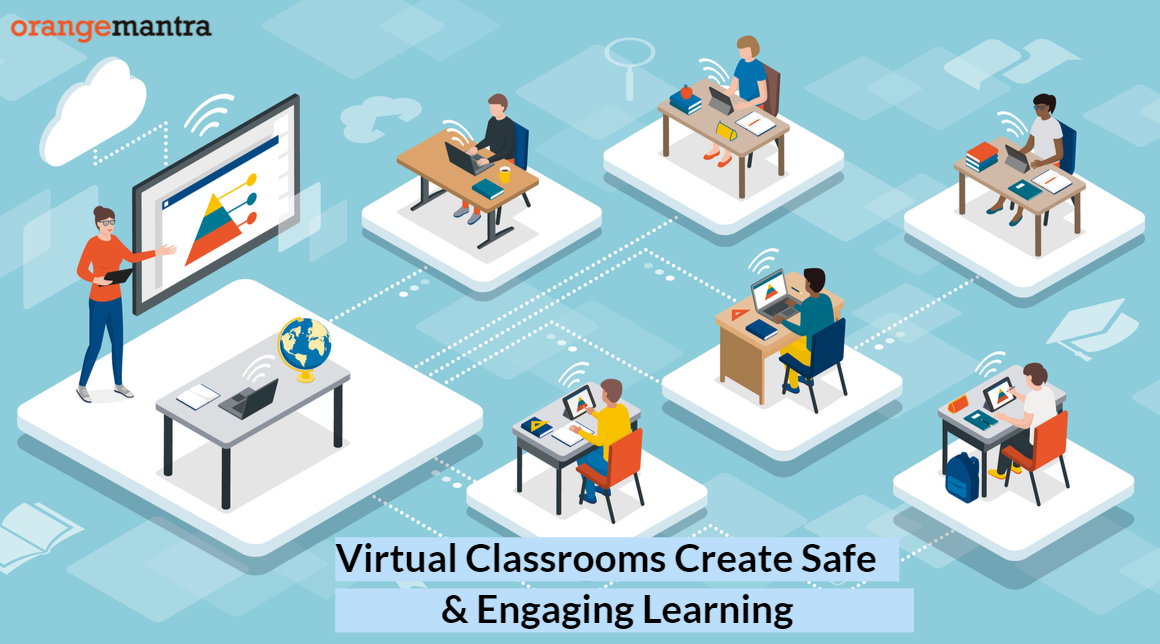
Virtual classroom technology has become an integral part of modern education, offering numerous benefits for both students and educators. By embracing these innovations, we can create a more inclusive and engaging learning environment that empowers students to achieve their full potential.
Virtual classroom technology has become increasingly popular, offering a convenient and flexible way to learn. If you’re looking to upgrade your home office setup for online learning, consider checking out La Crosse Technology’s range of products. You can find a great deal on their tech with a la crosse technology discount code.
Investing in quality equipment can significantly enhance your virtual learning experience, ensuring a clear and engaging environment.


